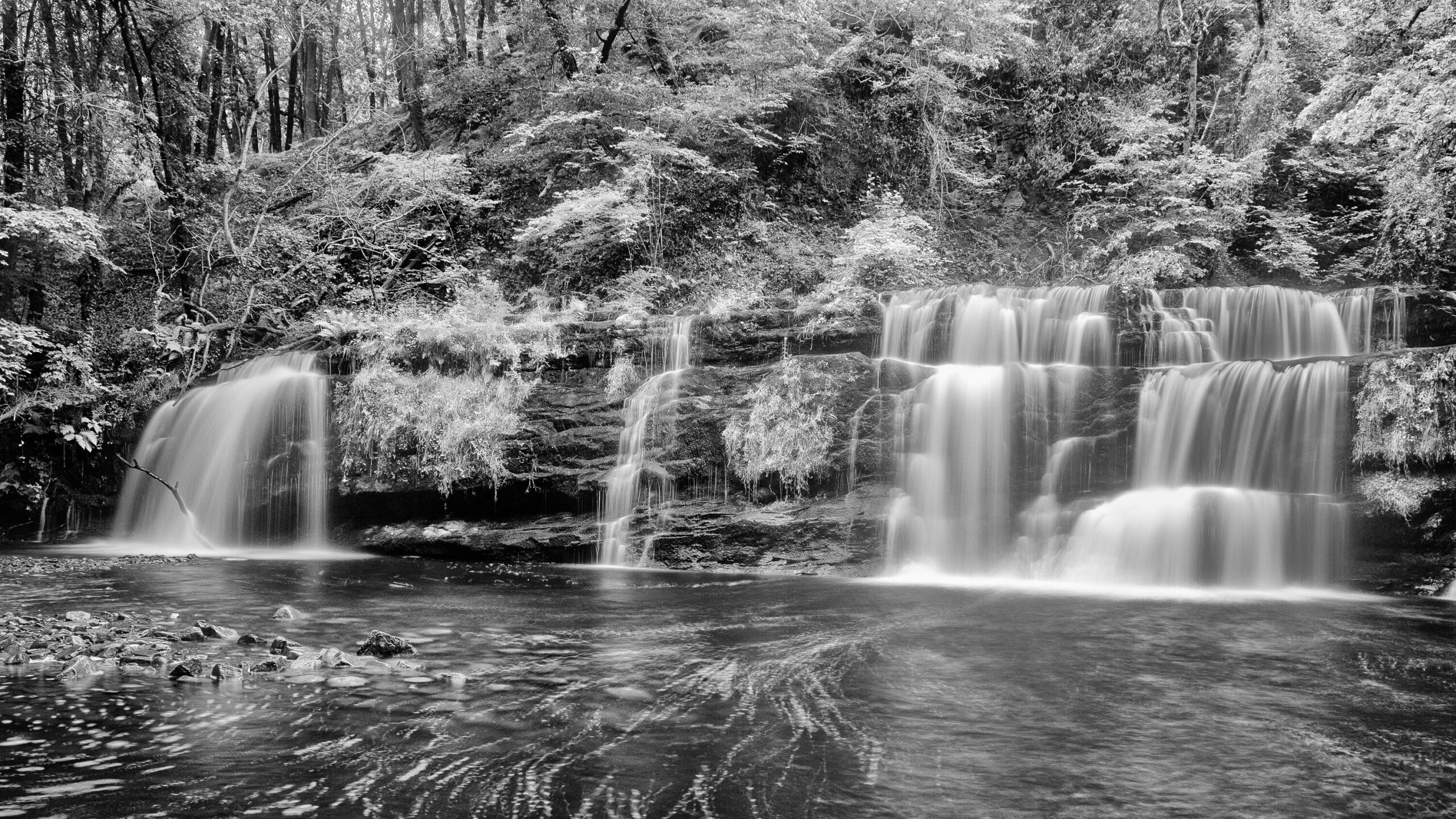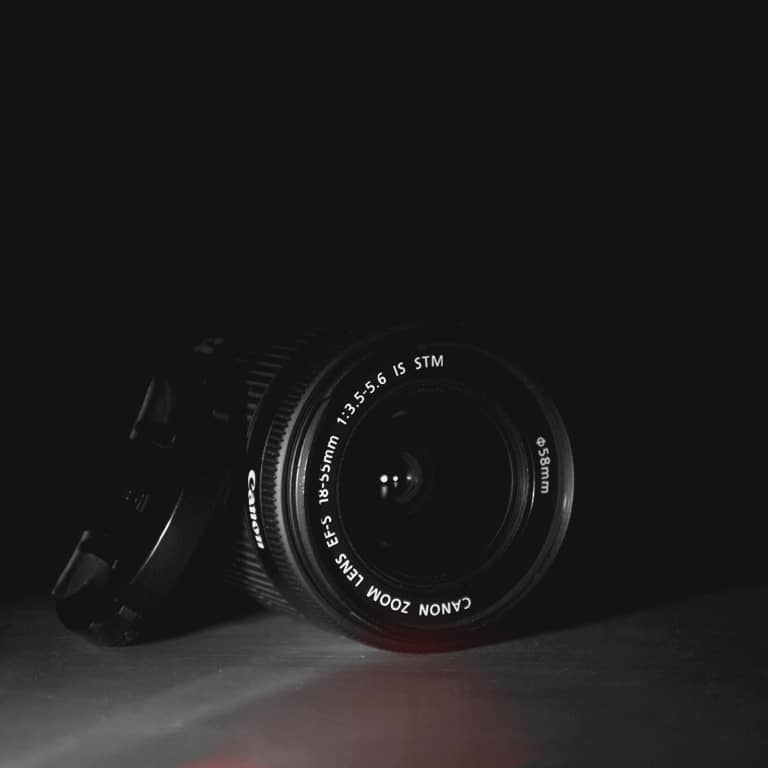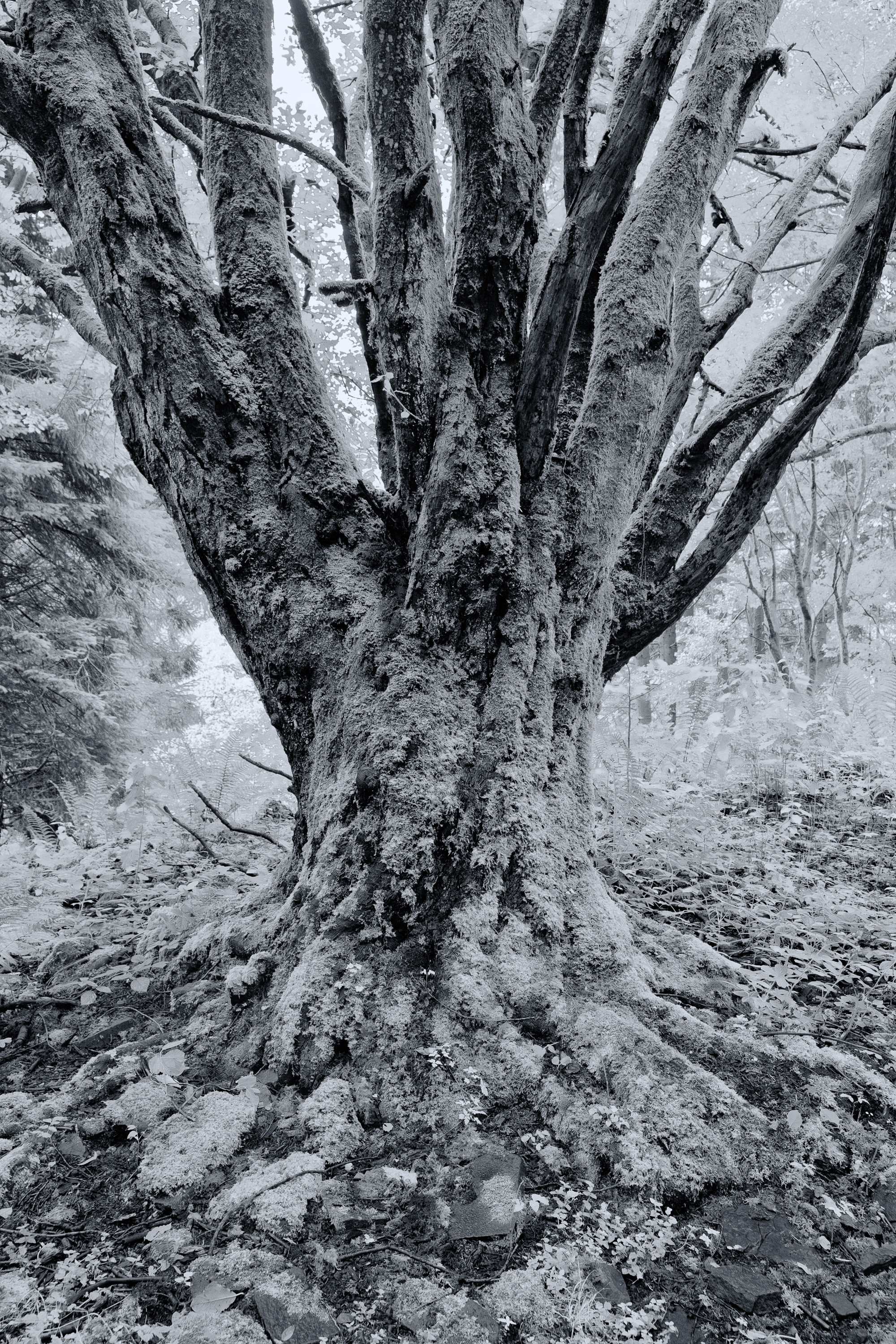My first exhibition
Mar. 3, 2017

painted with light
Mar. 3, 2017









April 2024

Artificial Intelligence has been and will continue to be a great topic for this decade and the decades to come. Machines learn how to create content that we perceive being of high – or lets say – adequate quality, much faster than any human being could create this content. The consequences are both frightening and…
Two rolls of Kodak Tri-X made it into my improvised darkroom. First attempt after more than 20 years, I was quite nervous to see if this will work out. It actually did. I almost couldn’t believe it that the rolls of film had pictures on it … From the negatives I created digital scans, using…
Starting my Analogue Adventure, it completely changes my perception of what I believe. I thought my Fuji X-Camera gear is compact and small. I learn, there is another level of „full frame“ compactness, also with lenses. I thought my lenses were the best there could be. I learn about lens character and rendering performance beyond…
I started using digital photography around 2001. Coming from an intense analog photography period, using black and white film, developing it myself and using my own darkroom. For color work, Kodak Ektachrome Slide was my favorite choice. Until last year. I got infected. It started by reading a book: “The Revenge of Analog”. Telling the…
I was thrilled when my family and me planned to have our summer holiday in the Brecon Beacons and after that in Exmoor. We booked two cottages, situated quite remotely and as we say in German „In der Pampa“ which translates to „If you are in the Shire, living in Bag End, you still have…